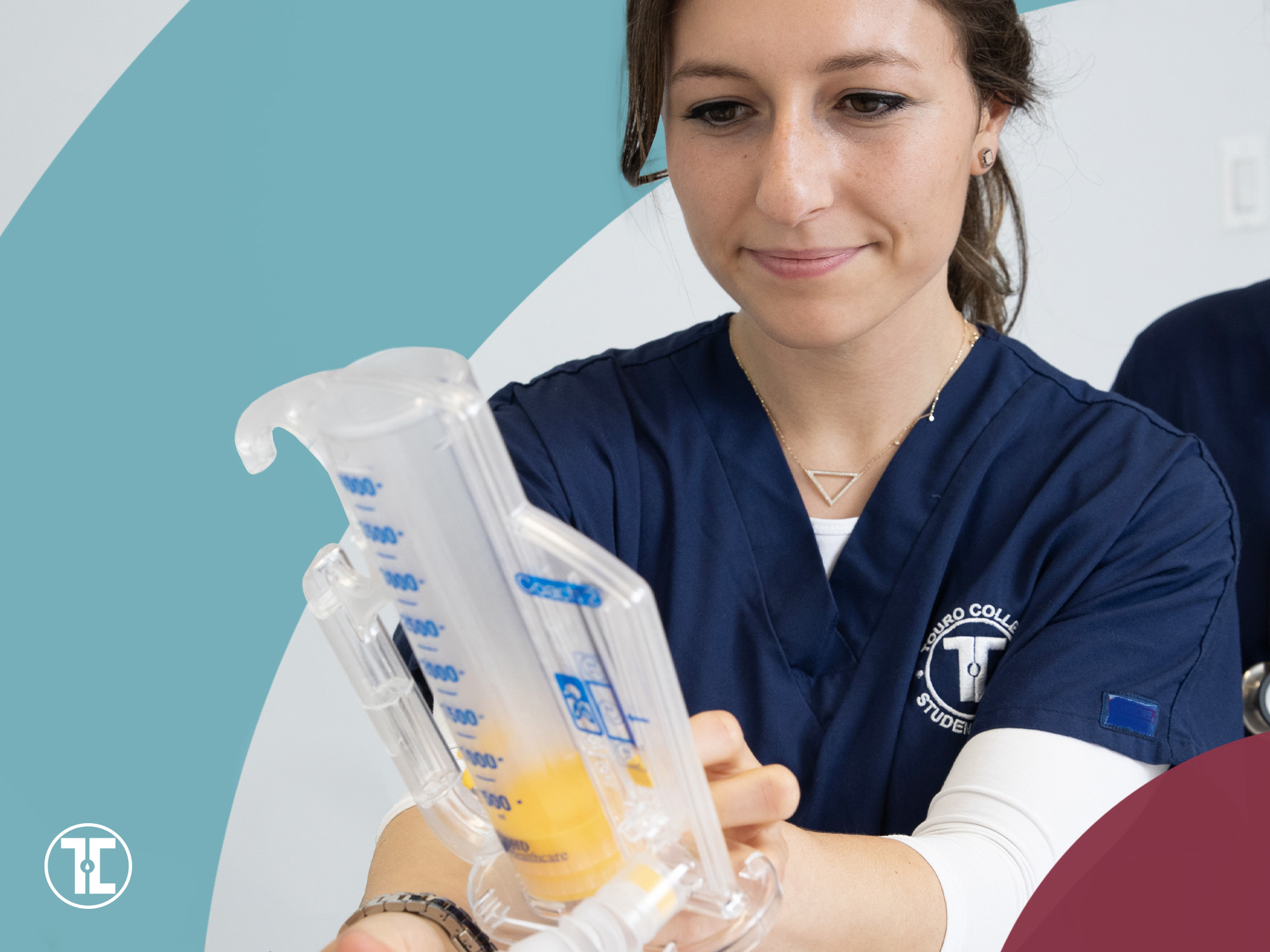A Coronavirus Glossary in Simple Terms
Read About the Most Used Terms in This Pandemic So You Can Better Understand the News

Nearly every other word on news channels, in newspapers, and all across social media has to do with the coronavirus outbreak. But because not all of those words are part of our everyday lexicon, it's easy to have important news go through one ear and out the other without fully comprehending what you're reading or hearing.
As health science educators, our responsibilities don't stop at our students. It's our duty to make sure the general public, too, feels informed and up-to-speed on commonly used terms.
To that end, we put together this glossary of frequently used words in relation to our current pandemic and broke them down into simple explanations.
If, however, you're interested in the deeper explanations—for example, exactly how do antibodies fight viruses, or how you hook someone up to a ventilator—perhaps you'd be interested in studying the health sciences? More on that later!
Antibody: Also known as an immunoglobulin, an antibody is a large protein secreted by B cells—mostly plasma cells. Our immune systems use antibodies to neutralize pathogens (including viruses).
COVID-19: The World Health Organization officially named the disease we’re currently dealing with worldwide the Coronavirus disease. COVID-19 is the abbreviation of that name.
Hydroxychloroquine: Hydroxycloquine is a drug that comes in the form of a tablet and is used to prevent and treat acute cases of malaria among other health problems. Some healthcare providers believe it might be effective in treating COVID-19.
Morbidity rate: This measures the number of people who have complications from a medical condition or after a procedure or treatment. It's important to note that morbidity does not include death.
Mortality rate: This is the number that measures the death rate of a certain population due to a specific cause.
PPE: Personal Protective Equipment (PPE) is used to protect emergency and recovery workers from physical, chemical and biological hazards. According to the CDC, that list includes respirators, eye protection, hearing protection, and protective clothing. And depending on the hazard, PPE may also include items such as gas masks, gloves, overalls, and boots. (Here's how to properly use PPE.)
Remdesivir: Remdesivir is an antiviral drug that was produced by the American biopharmaceutical company Gilead Sciences. It works by stopping the virus from making copies of itself. There's hope that this can also be effective in the fight against coronavirus, but it's still currently in clinical trials.
Respirator: Not to be confused with a ventilator, a respirator is a device worn by medical professionals and others in order to block them from inhaling dangerous substances. In this pandemic, respirators can help filter out virus particles as they breathe in around those who have been diagnosed with the disease.
SARS-CoV-2: The virus that causes COVID-19 is called severe acute respiratory syndrome coronavirus 2, or SARS-CoV-2 for short. (Just as HIV is the virus that causes AIDS.)
Ventilator: Simply put, a ventilator is a machine that helps people breathe. A tube is inserted into a person’s windpipe, through which the machine can pump in oxygen and remove carbon dioxide.
Dealing with a medical crisis can obviously be a frightening time for anyone on the front lines, no matter how well prepared they are—and that goes for their families back home too. Our hearts and gratitude go out to all of those who are using their education to fight this terrible fight.
If what we're going through has you thinking about a future in the health sciences or a career change in general, we'd be happy to talk you through your options.

